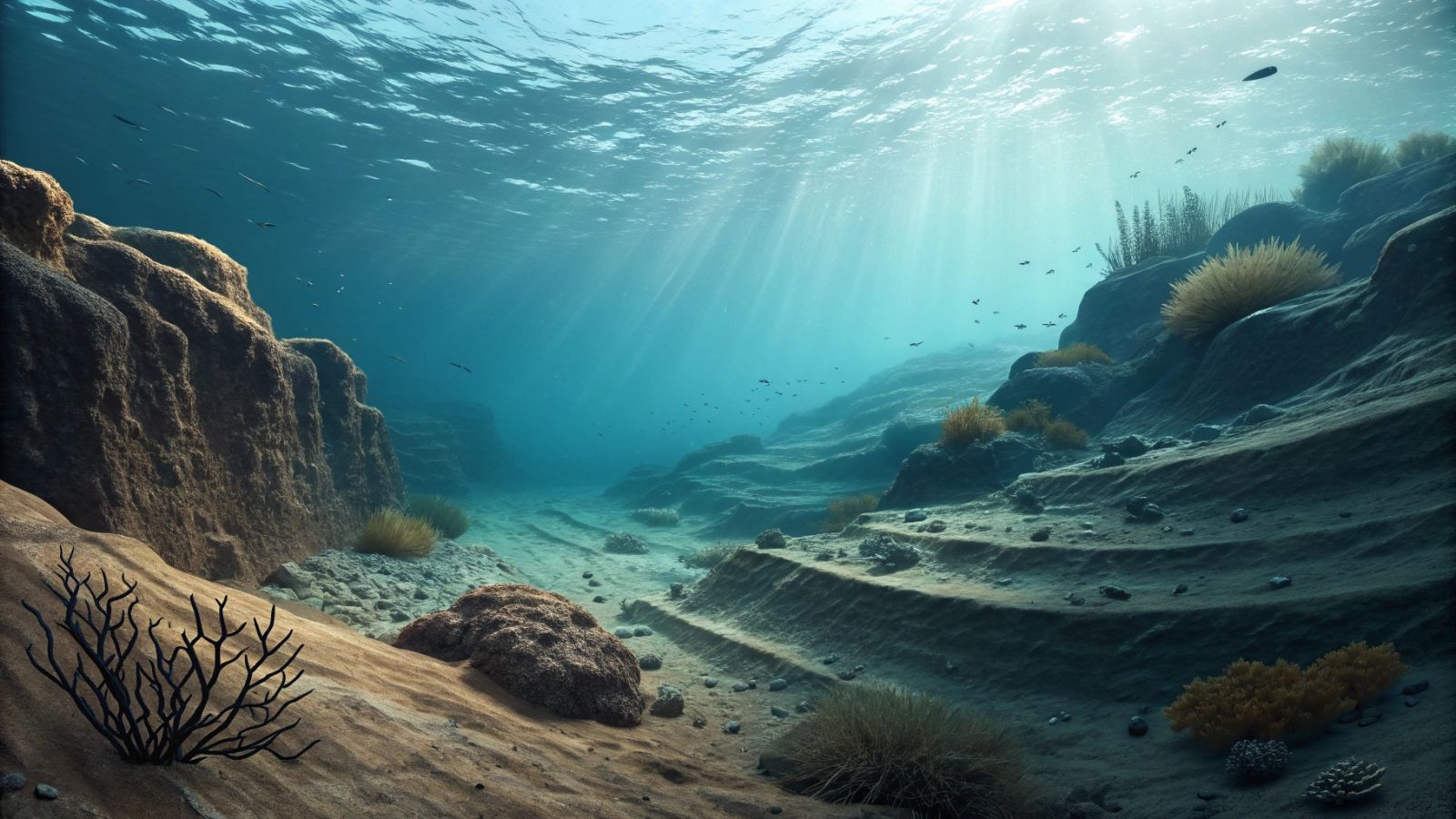We finally know how oceans massively trap carbon 🌍
Published by Cédric,
Article author: Cédric DEPOND
Source: Nature Geoscience
Other Languages: FR, DE, ES, PT
Article author: Cédric DEPOND
Source: Nature Geoscience
Other Languages: FR, DE, ES, PT
Follow us on Google News (click on ☆)

Marine sediments play a crucial role in climate regulation by storing vast amounts of organic carbon. However, the mechanisms enabling this preservation were poorly understood until now. An international team of researchers, led by the universities of Manchester and Leeds, has identified two key processes: sorption and molecular transformation. These findings, published in Nature Geoscience, could shake up our approach to carbon sequestration.
Sorption, an invisible shield
Sorption involves the adsorption of carbon molecules onto the mineral surfaces of sediments. This phenomenon creates a chemical barrier that protects organic carbon from degradation by microbes and enzymes. Without this mechanism, a significant portion of the carbon would return to the atmosphere as CO₂.
This process is particularly effective in the surface layers of sediments. It stabilizes the carbon before it is buried deeper, where it is even better protected. Thus, sorption acts as an essential first filter for long-term preservation.
Molecular transformation, a natural alchemy
Molecular transformation alters the chemical structure of carbon molecules. Small, reactive compounds transform into larger, more stable molecules called geopolymers. These are more resistant to degradation, prolonging their storage in sediments.
This process complements sorption by enhancing the stability of organic carbon. Together, they form an effective protection system, preventing carbon from quickly re-entering the atmospheric cycle.
A numerical model for better understanding
To explore these mechanisms, researchers developed an innovative numerical model. It incorporates processes such as burial, hydrolysis of dissolved organic carbon, sorption, and molecular transformation. Using Monte Carlo simulations and artificial intelligence, the model was refined to match real-world observations.
The results show that up to 43.8% of organic carbon could be preserved, a figure significantly higher than previous estimates. This breakthrough helps us better understand the complex interactions between different sequestration processes.
Implications for the climate
These discoveries open promising perspectives for combating climate change. By replicating or amplifying these natural processes, it could be possible to enhance carbon sequestration in the oceans. For example, ocean fertilization could be optimized to stimulate phytoplankton growth and increase carbon storage.
Moreover, this work could guide the development of more effective environmental policies. By aligning human strategies with the natural capacities of marine ecosystems, we could limit CO₂ emissions while preserving natural balances.